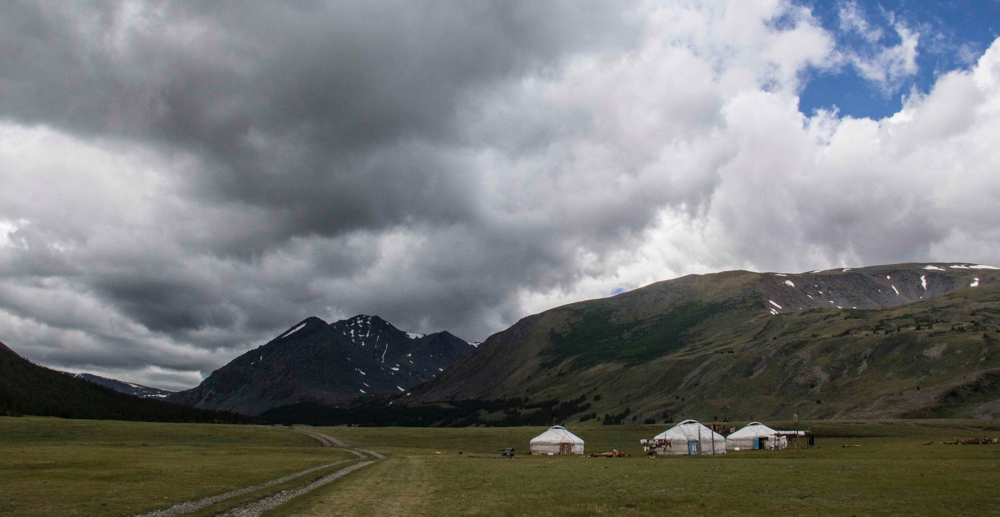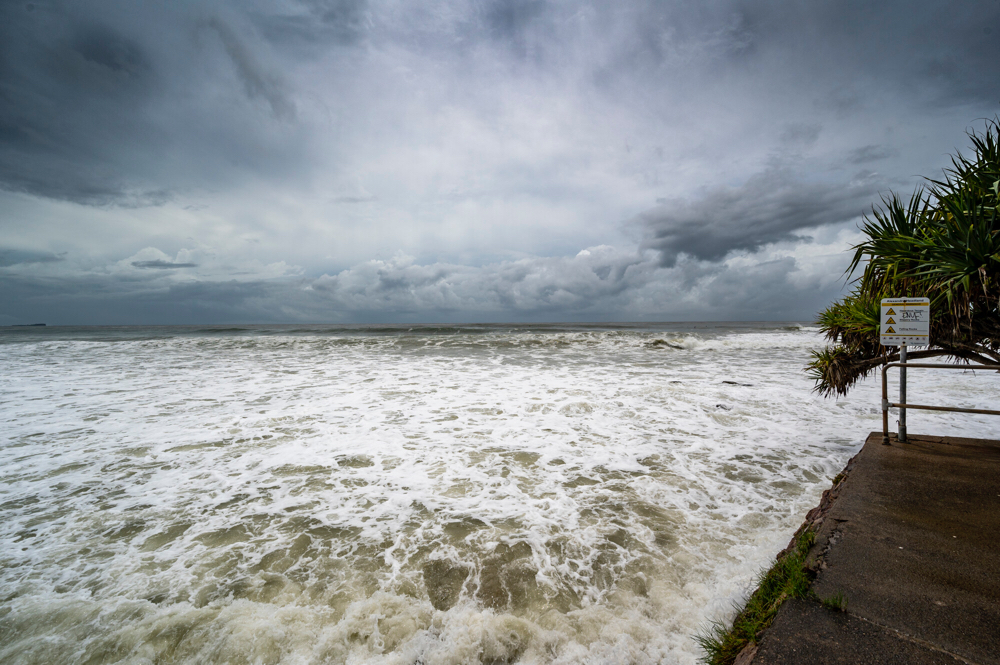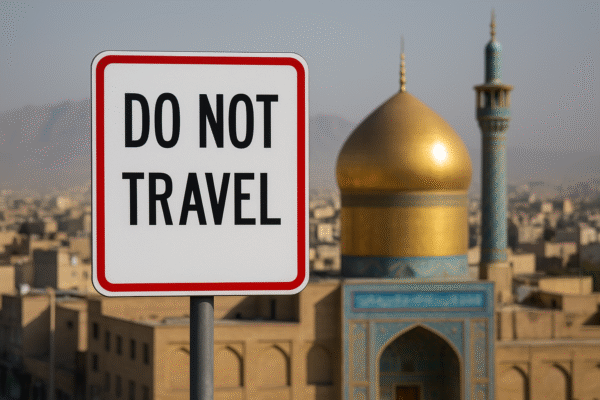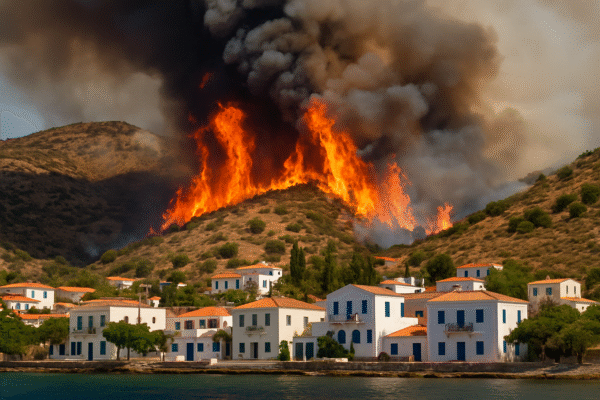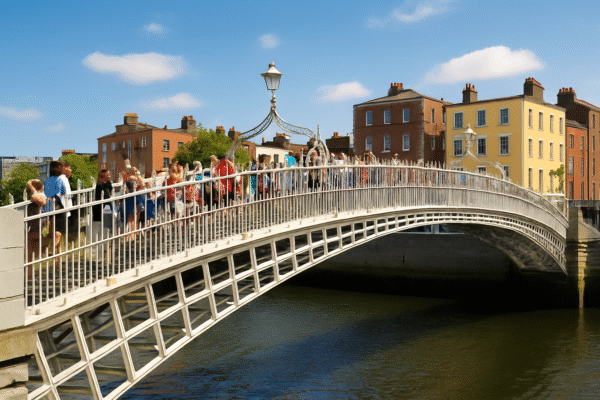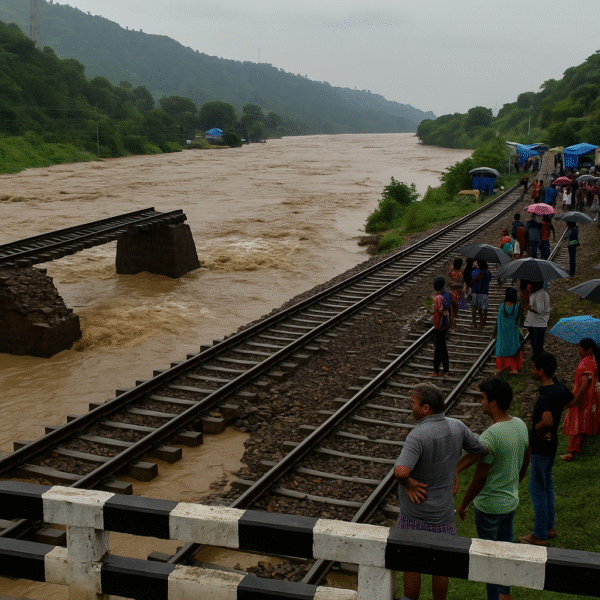The northern Indian region of Jammu (Jammu & Kashmir, India) is currently grappling with one of the most devastating monsoon episodes in recent memory. Torrential rains—measuring over 250 mm within 24 hours—have unleashed severe floods and landslides, wreaking havoc on critical transportation networks and severely impeding regional connectivity.
Rail Services in Disarray: 22 Trains Canceled, 27 Short-Terminated
The Northern Railways has suspended 22 train services scheduled to arrive at or depart from Jammu and Katra on August 27 due to the inclement weather. An additional 27 trains have been “short-terminated”—forced to stop at earlier stations across the division.
Among the affected, nine cancellations originate from Katra, the base camp for the revered Mata Vaishno Devi shrine, and one from Jammu. This disruption has stranded scores of devotees and tourists, disentangling a vital pilgrimage route during a high-travel season.
Road Infrastructure Crumbles—Bridges, Highways Broken by Floodwaters
Monsoon-driven floodwaters and landslides have wreaked widespread destruction across roads and bridges. Notably, the swollen Tawi River washed away the road near the Fourth Tawi Bridge, prompting officials to caution travelers and declare flood alerts. Multiple highways, including national routes leading to and from Jammu, are now impassable, blocking vital ground access to pilgrimage and tourist hubs.
Human Toll: Over 30 Dead, Thousands Evacuated, Communication Severely Hit
Tragically, at least 30 lives have been lost, including pilgrims affected by a landslide near the Vaishno Devi shrine. Authorities have evacuated more than 3,500 residents from inundated and vulnerable zones.
Communication infrastructure has also been severely damaged—many areas now face near-total connectivity blackouts, crippling coordination of rescue and relief operations.
Relief Operations: Government and Forces in Action
In response, NDRF, SDRF, the Army, local police, and volunteers have launched large-scale rescue and relief operations. Emergency shelters are being established, and essential supplies such as food, water, and medical aid are being distributed to affected families.
Chief Minister Omar Abdullah declared the situation “serious,” holding emergency meetings and directing that additional funds be allocated to district administrations for restoration and relief.
Tourism and Pilgrimage Impact: Vaishno Devi Yatra Suspended, Tourists Stranded
The region’s tourism has taken a critical blow. With rail services paralyzed and roads washed away, the Vaishno Devi pilgrimage has been suspended, leaving thousands of devotees stranded. Many travelers are now scrambling to find alternative transport while authorities provide temporary assistance at stations and base camps.
What Tourists Should Know Before Traveling
Travelers planning trips to Jammu, Katra, or Vaishno Devi in the coming days must stay cautious and informed:
- Check official updates from Northern Railways and state disaster management for revised schedules and advisories.
- Monitor weather forecasts—IMD warns of continued rainfall, thunderstorms, and cloudbursts.
- Expect delays or rerouting for both rail and road journeys.
- Contact travel services or accommodation providers for local guidance or possible deferrals.
- Stay updated on rescue operations, especially if stranded, as authorities coordinate relief efforts across affected zones.
Conclusion: A Region Weathering Crisis Amid Recovery Efforts
The Jammu region now stands at the crossroads of natural disaster and resolve. Torrential rains have brought floods, landslides, disrupted pilgrimages, and halted transport lifelines connecting millions. Yet amid the chaos, swift responses from emergency teams, government agencies, and community volunteers aim to restore normalcy.
For the tourism sector, these events underscore how climate vulnerabilities can dramatically impact regional heritage and travel. Relief and restoration efforts continue, with hopes that once floodwaters recede and infrastructure is repaired, the region’s tourism anchors—pilgrimage, scenic drives, and mountain hospitality—can resume welcoming visitors safely.
For more travel news like this, keep reading Global Travel Wire




